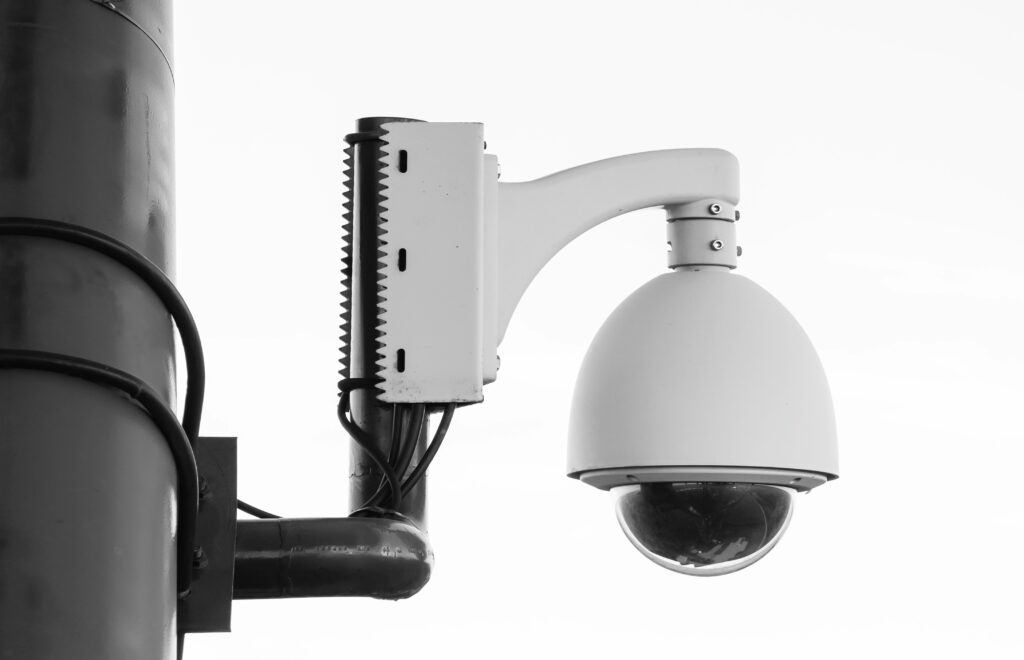Introduction to Managed IT Services
Many organisations face increasing challenges in managing their IT infrastructure. This is where Managed IT Services come into play. By partnering with Managed Service Providers (MSPs), businesses can offload their IT operations to experts, ensuring that their technology systems run smoothly and efficiently. This comprehensive guide will explore what Managed IT Services entail, their advantages, types, and how to choose the right service providers for your organisation.
What Are Managed IT Services?
Managed IT Services refer to the practice of outsourcing the responsibility for maintaining and anticipating the need for a range of processes and functions to improve operations and cut expenses. This outsourcing model allows organisations to focus on their core business activities while MSPs handle the IT infrastructure, ensuring optimal performance, security, and reliability.
The Advantages of Managed IT Services
- Cost Efficiency: One of the primary advantages of Managed IT Services is cost savings. Instead of investing heavily in IT infrastructure and staffing, businesses can leverage the expertise of MSPs at a fraction of the cost. This model provides predictable monthly expenses, making budgeting easier.
- Access to Expertise: MSPs offer access to a team of experienced professionals who specialise in various areas of IT services. This means businesses can benefit from the latest technology and best practices without the need to hire and train in-house staff.
- Enhanced Security: With the increasing threat of cyberattacks, security is a top priority for organisations. MSPs implement robust security measures, including regular monitoring, threat detection, and vulnerability assessments, to protect sensitive data and maintain compliance with industry regulations.
- Scalability: As businesses grow, their IT needs evolve. Managed IT Services provide the flexibility to scale resources up or down based on the organisation’s requirements, ensuring that the IT infrastructure can support growth without significant investments.
Understanding Types of Managed IT Services
Managed Security
Managed security services focus on protecting an organisation’s IT infrastructure from cyber threats. MSPs offer continuous monitoring, threat detection, incident response, and vulnerability management to safeguard data and systems. This proactive approach helps prevent security breaches and minimises the impact of potential attacks.
Cloud Services Management
Cloud computing has revolutionised the way organisations store and access data. MSPs manage cloud services, ensuring seamless integration, optimisation, and security. They handle everything from cloud migration to ongoing maintenance, allowing businesses to reap the benefits of cloud computing without the complexities.
Network and Infrastructure Services
MSPs manage the network infrastructure, ensuring that all components, including servers, routers, and switches, operate efficiently. They monitor network performance, troubleshoot issues, and optimise the infrastructure to support business operations. This includes ensuring reliable connectivity and minimising downtime.
Data Backup and Recovery
Data is a critical asset for any organisation. MSPs provide robust data backup and disaster recovery solutions to ensure business continuity in case of data loss or system failures. This involves regular backups, secure storage, and rapid recovery processes to minimise downtime and data loss.
How Do Managed IT Services Work?
Assessing the IT Environment
The first step in implementing managed IT services is a thorough assessment of the organisation’s IT environment. MSPs evaluate the existing infrastructure, identify vulnerabilities, and understand the organisation’s goals and challenges. This assessment forms the foundation for developing a tailored IT strategy.
Developing an IT Strategy
Based on the assessment, MSPs collaborate with the organisation to develop a comprehensive IT strategy. This strategy outlines the goals, objectives, and steps required to optimise the IT environment. It includes recommendations for technology upgrades, security enhancements, and process improvements.
Implementing and Managing Solutions
Once the strategy is finalised, MSPs implement the necessary solutions. This may involve deploying new hardware and software, configuring network settings, and setting up security protocols. MSPs continuously monitor and manage the IT infrastructure, ensuring that it operates smoothly and efficiently.
Selecting the Right Managed IT Services Provider
Choosing the right service provider is crucial for maximising the benefits. Here are some key factors to consider:
- Experience and Expertise: Look for MSPs with a proven track record and expertise in managing IT services relevant to your industry. Their experience can significantly impact the quality of service.
- Range of Services: Ensure that the MSP offers a comprehensive range of services, including security, cloud services, network management, and data backup. This ensures that all aspects of your IT infrastructure are covered.
- Service Level Agreements (SLAs): Review the Service Level Agreements to understand the MSP’s commitments regarding uptime, response times, and support availability. SLAs provide a clear understanding of what to expect from the provider.
- Customer Support: Effective customer support is critical. Choose an MSP that offers reliable and responsive support to address any technical issues promptly. Good customer service ensures that your IT needs are always met.
- Cost and Flexibility: Compare pricing models and ensure that the costs align with your budget. Additionally, the MSP should offer flexible solutions that can adapt to your organisation’s changing needs.
How are Managed IT Services Charged?
Managed IT services are typically charged on a subscription basis, with pricing models varying based on the scope of services and the level of support required. Common pricing structures include:
- Per-Device: Charges are based on the number of devices (computers, servers, etc.) being managed. This model is straightforward and easy to understand.
- Per-User: Charges are based on the number of users within the organisation. This model is ideal for organisations with a diverse range of devices.
- Tiered Pricing: Different tiers of service are offered at varying price points, allowing organisations to choose a package that best fits their needs and budget.
- Customised Pricing: Some MSPs offer customised pricing based on specific requirements and the complexity of the IT environment.
Closing Thoughts: Are Managed IT Services Right for Your Business?
Managed IT services offer numerous advantages for organisations of all sizes, from enhanced security and cost savings to access to expertise and scalable solutions. By partnering with the right managed service provider, businesses can optimise their IT infrastructure, improve operational efficiency, and focus on their core activities.
However, it’s essential to assess your organisation’s specific needs, budget, and goals before making a decision. Conduct thorough research, evaluate potential MSPs, and choose a provider that aligns with your strategic objectives.
In conclusion, managed IT services can be a game-changer for businesses seeking to leverage technology for growth and success. By embracing this approach, organisations can stay ahead of the competition, ensure data security, and achieve long-term business objectives. If you’re considering managed IT services, get in touch through our Contact page or Book a Call.
Want to see more about Client & Server Infrastructure or Cloud Computing, click the links.









